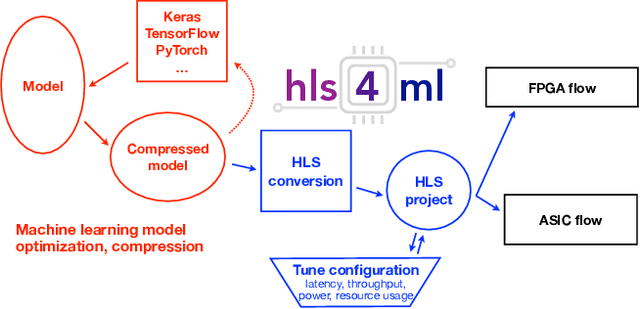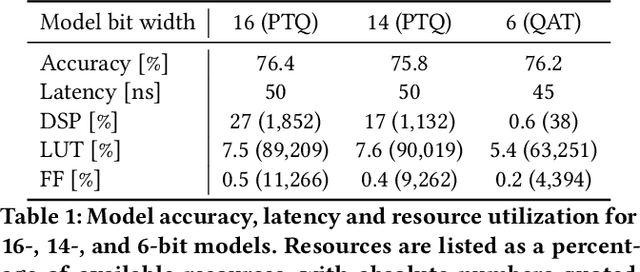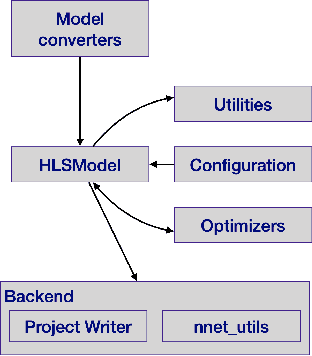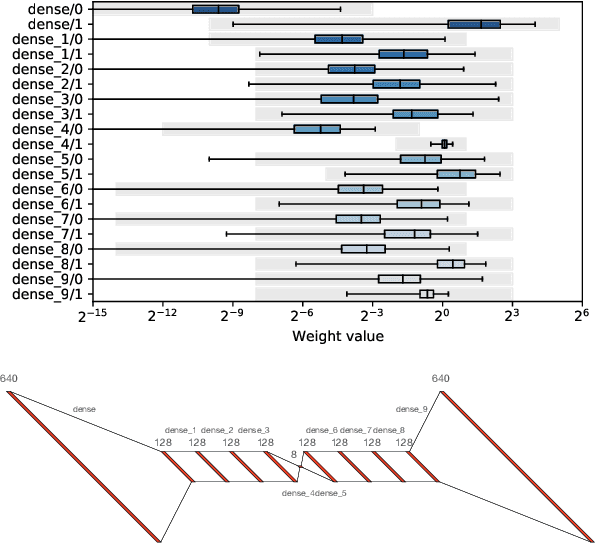Josiah Hester
Focal Split: Untethered Snapshot Depth from Differential Defocus
Apr 15, 2025Abstract:We introduce Focal Split, a handheld, snapshot depth camera with fully onboard power and computing based on depth-from-differential-defocus (DfDD). Focal Split is passive, avoiding power consumption of light sources. Its achromatic optical system simultaneously forms two differentially defocused images of the scene, which can be independently captured using two photosensors in a snapshot. The data processing is based on the DfDD theory, which efficiently computes a depth and a confidence value for each pixel with only 500 floating point operations (FLOPs) per pixel from the camera measurements. We demonstrate a Focal Split prototype, which comprises a handheld custom camera system connected to a Raspberry Pi 5 for real-time data processing. The system consumes 4.9 W and is powered on a 5 V, 10,000 mAh battery. The prototype can measure objects with distances from 0.4 m to 1.2 m, outputting 480$\times$360 sparse depth maps at 2.1 frames per second (FPS) using unoptimized Python scripts. Focal Split is DIY friendly. A comprehensive guide to building your own Focal Split depth camera, code, and additional data can be found at https://focal-split.qiguo.org.
hls4ml: An Open-Source Codesign Workflow to Empower Scientific Low-Power Machine Learning Devices
Mar 23, 2021



Abstract:Accessible machine learning algorithms, software, and diagnostic tools for energy-efficient devices and systems are extremely valuable across a broad range of application domains. In scientific domains, real-time near-sensor processing can drastically improve experimental design and accelerate scientific discoveries. To support domain scientists, we have developed hls4ml, an open-source software-hardware codesign workflow to interpret and translate machine learning algorithms for implementation with both FPGA and ASIC technologies. We expand on previous hls4ml work by extending capabilities and techniques towards low-power implementations and increased usability: new Python APIs, quantization-aware pruning, end-to-end FPGA workflows, long pipeline kernels for low power, and new device backends include an ASIC workflow. Taken together, these and continued efforts in hls4ml will arm a new generation of domain scientists with accessible, efficient, and powerful tools for machine-learning-accelerated discovery.
NeckSense: A Multi-Sensor Necklace for Detecting Eating Activities in Free-Living Conditions
Nov 20, 2019



Abstract:We present the design, implementation, and evaluation of a multi-sensor low-power necklace 'NeckSense' for automatically and unobtrusively capturing fine-grained information about an individual's eating activity and eating episodes, across an entire waking-day in a naturalistic setting. The NeckSense fuses and classifies the proximity of the necklace from the chin, the ambient light, the Lean Forward Angle, and the energy signals to determine chewing sequences, a building block of the eating activity. It then clusters the identified chewing sequences to determine eating episodes. We tested NeckSense with 11 obese and 9 non-obese participants across two studies, where we collected more than 470 hours of data in naturalistic setting. Our result demonstrates that NeckSense enables reliable eating-detection for an entire waking-day, even in free-living environments. Overall, our system achieves an F1-score of 81.6% in detecting eating episodes in an exploratory study. Moreover, our system can achieve a F1-score of 77.1% for episodes even in an all-day-around free-living setting. With more than 15.8 hours of battery-life NeckSense will allow researchers and dietitians to better understand natural chewing and eating behaviors, and also enable real-time interventions.
 Add to Chrome
Add to Chrome Add to Firefox
Add to Firefox Add to Edge
Add to Edge